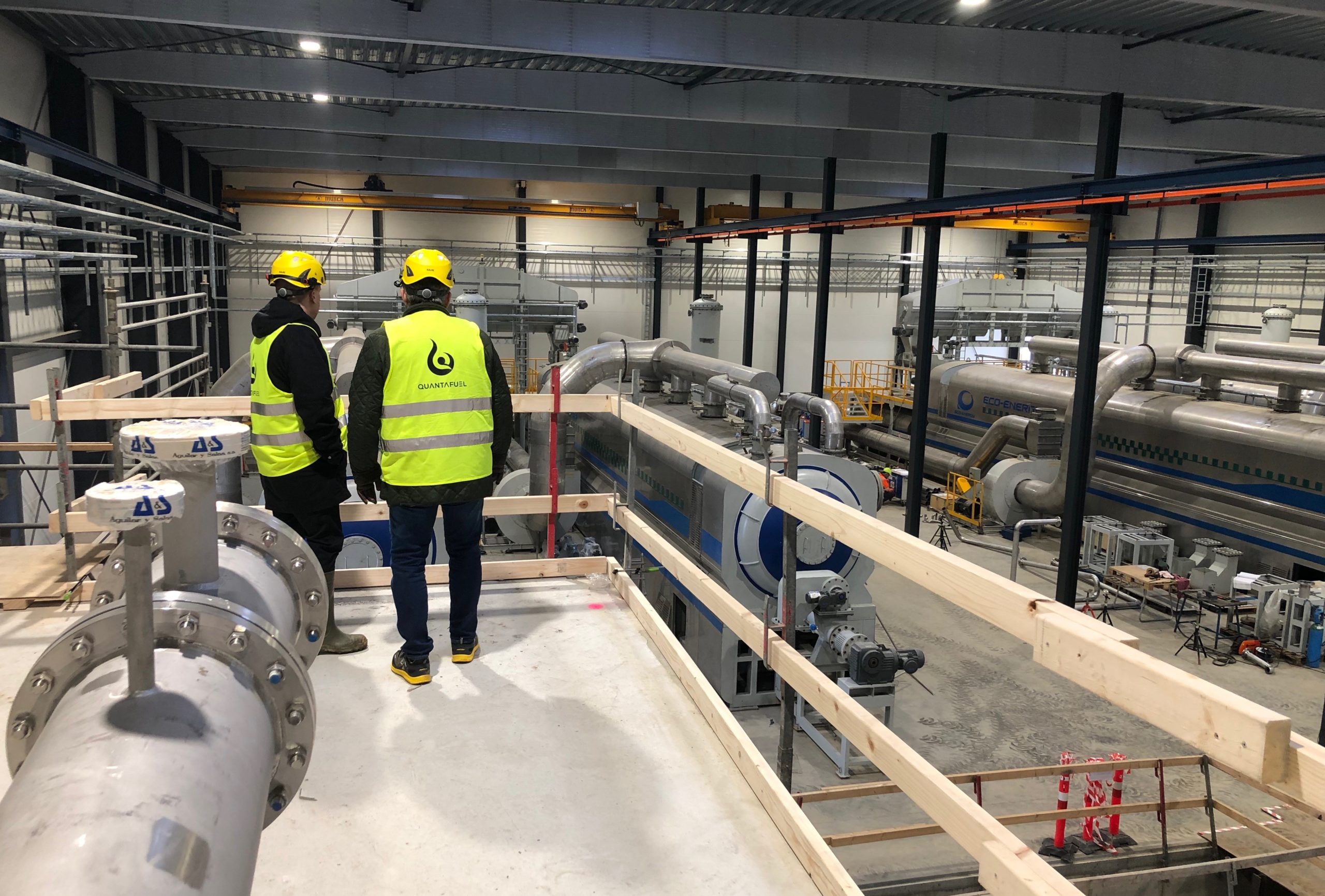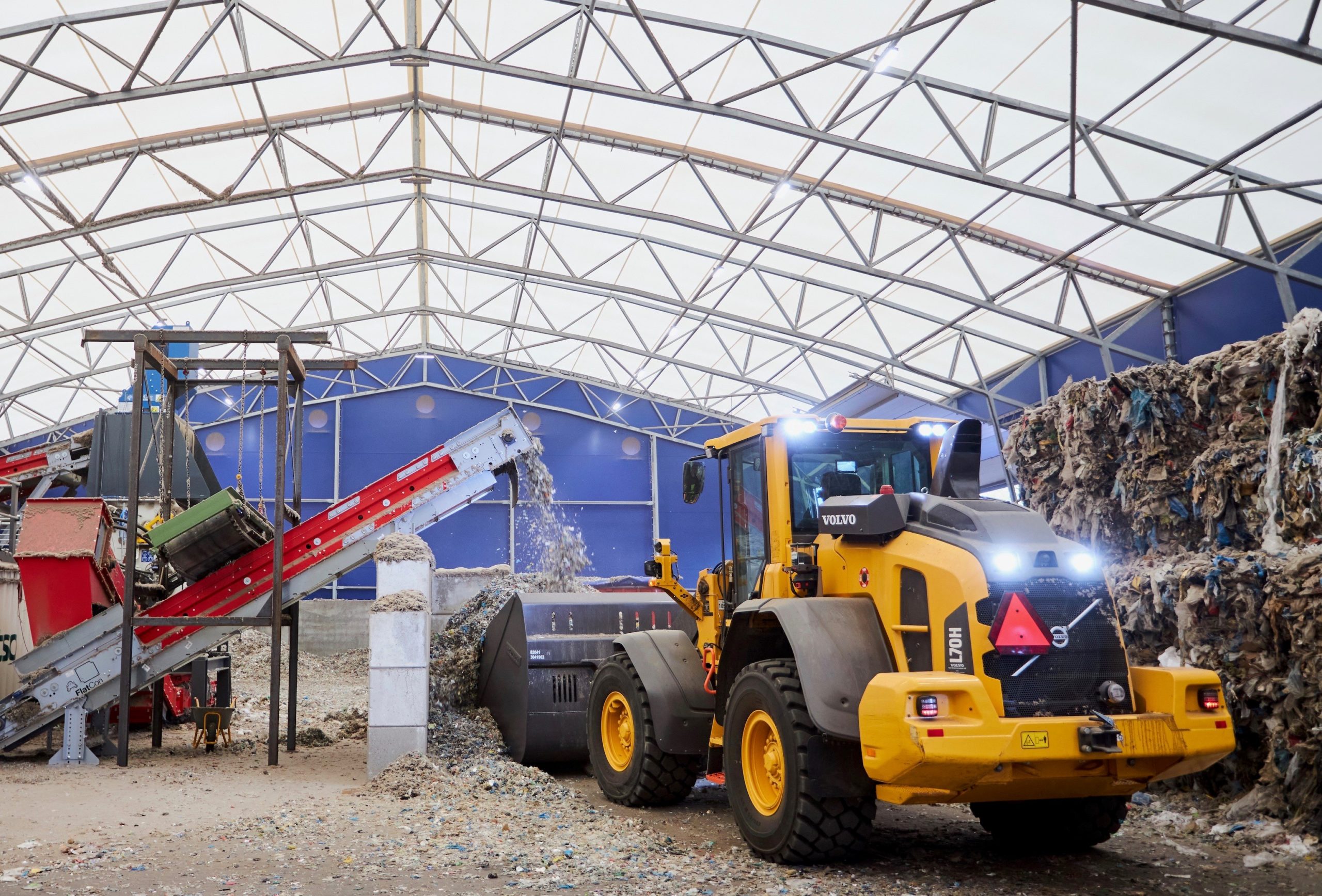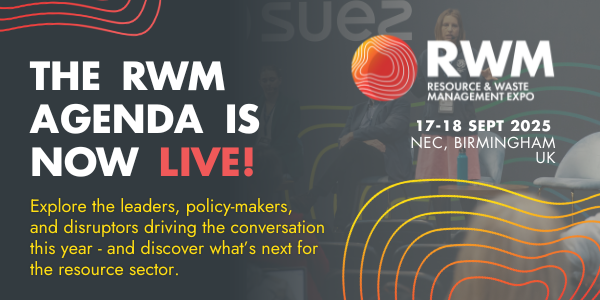The synergy between these technological developments may be obvious, he claims, but the market currently lacks sufficient plastic treatment standards.

OPINION: The development of new pyrolysis projects is speeding up in Europe, and the UK is turning out to be a preferred region for the building of plants and facilities for the chemical recycling of plastics.
At present, there are a number of different pyrolysis projects either being planned or already in the construction process. Tax incentives, financial opportunities and stable access to waste plastics are some of the most important reasons for this development in the UK.

The technology of pyrolysis, which is a thermochemical treatment of plastics into new chemical feedstock, was adapted for the recycling of waste in the mid-1950s.
The technology is still under refinement, but is not very far from becoming part of a circular economy of plastics in Europe. Secondary hydrocarbon raw materials made from waste plastic are expected to be in high demand in the future, and will be an important part of the European environmental management.
More sustainable RDF
The development of pyrolysis has another positive outcome: better sorting and recycling of plastics means lower carbon content in secondary fuels such as RDF. Thus, better sorting and design of fuels based on residual waste leads to a higher proportional biogenic content rate.

At present, normal RDF has an average plastic content of between 17 and 40%. By removing much of this plastic, in addition to textile content, we can reduce the RDF volume by as much as 25%, a milestone Geminor is currently working with our partners to achieve.
For EfW off-takers, especially in the Nordics, this is good news in at least two different ways: when RDF content is de-carbonised the need for allowances through the EU’s emissions trading system scheme (ETS) falls, reducing the tax burden on the thermal recovery sector. The regional CO2 taxes on incineration may also be mitigated when the waste contains less plastic.
Secondly, the calorific value (CV) is reduced with less plastic content, resulting in better combustion, more stable operation and less maintenance for the EfW plants.
In other words: sorting and treating waste with the intention of finding suitable plastics for pyrolysis will lead to better designed and more sustainable RDF.
Still, the main challenge in getting the pyrolysis industry running smoothly is finding the right and non-polluted waste plastic materials for use. A collecting and sorting job of this scale needs both investment in the right machinery, but also the right expertise in identifying and implementing standards for the handling and treatment of waste plastics. Common national strategies will be important to achieve higher international recycling rates and reach circular economy targets. This is an important task for the whole value chain in Europe, both upstream and downstream.
Part of the recycling evolution
So where are the incentives to increase efforts on waste plastics? Soon enough, waste producers will be fighting for green credentials, both because it is expected in the market, but also because there will be increasingly tougher regulations on the disposal of plastics.
As the pyrolysis market develops further, the operators who can deliver quality plastic for chemical recycling will have an advantage
But there are also financial incentives for investing in better sorting: lower cost on plastic incineration will mean less stress on the thermal recovery model and a reduction of cost for the disposal of plastics in the whole value chain. As the pyrolysis market develops further, the operators who can deliver quality plastic for chemical recycling will have an advantage in the market.







Subscribe for free